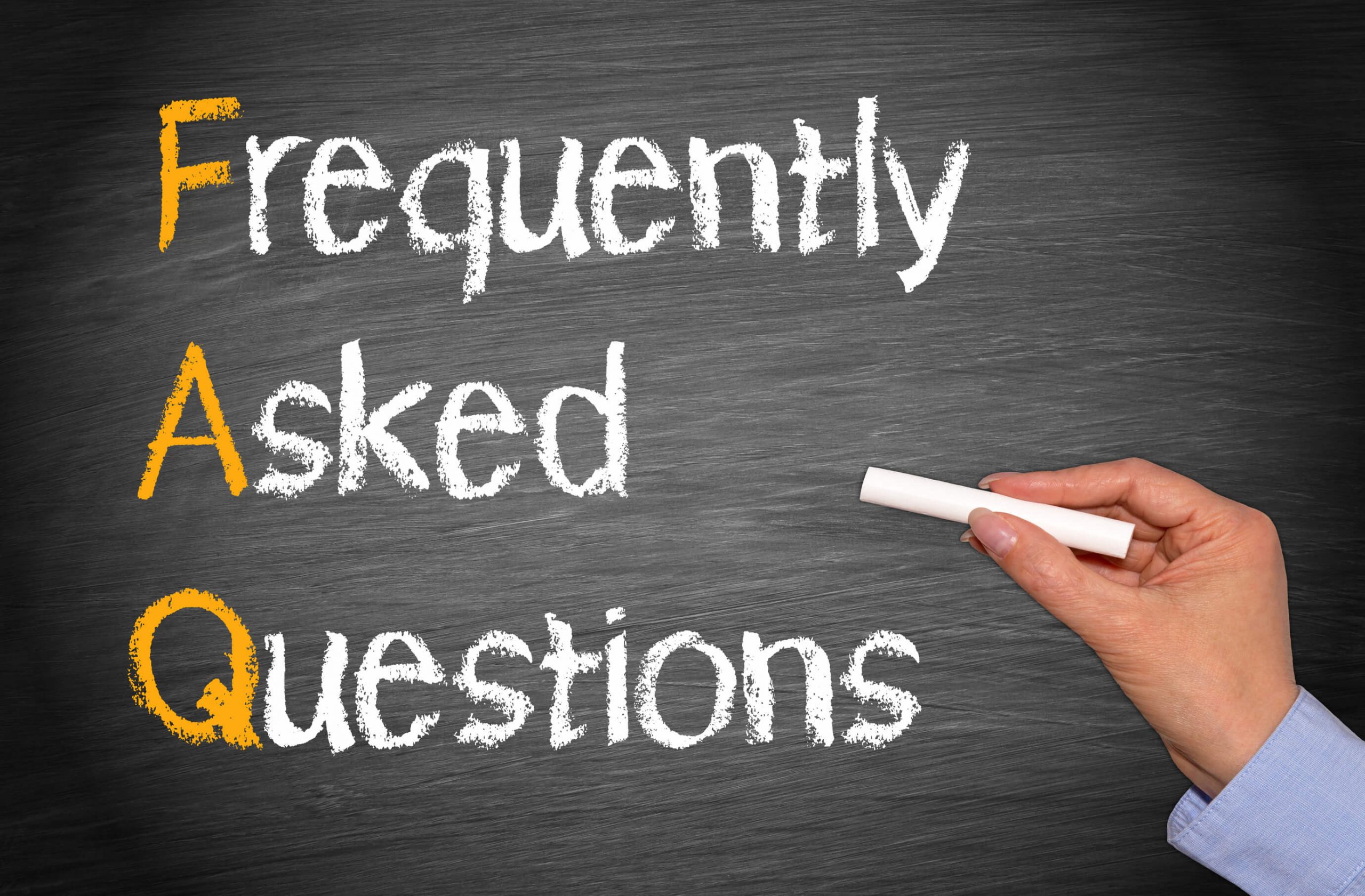FAQs: Economic Impact Payments
The IRS is issuing Economic Impact Payments.
When will I get mine?
Economic Impact Payments are being issued automatically for most individuals. However, some people who don’t usually file a tax return will need to submit basic information to the IRS to receive their payment. See our previous posts, Economic Impact Payments, Update: Economic Impact Payments, and Economic Impact Payments for Non-Filers for more detailed information.
However, as this is new to all of us including the IRS and the Treasury Department, many people still have questions regarding these stimulus payments and how to receive them. Despite what you may hear from other people as well as various media outlets, the information presented here comes directly from the source—the IRS—and without further interpretation.
This information is current as of the date and time of this post. Here are some of the most commonly asked questions:
 How Are Payments Calculated and Where Will They Be Sent?
How Are Payments Calculated and Where Will They Be Sent?
If you have already filed your 2019 tax return and requested a direct deposit of a refund, the IRS will use this information to calculate and send your payment. If you did not provide 2019 direct deposit information or if you owed tax, you can use the Get My Payment tool to provide account information or a payment will be mailed. If you have not filed your 2019 return, the IRS will use your 2018 tax return to calculate the payment.
If you receive Social Security, railroad retirement, or Social Security Disability Insurance (SSDI and SSI) and veteran’s benefits and would not normally file a tax return, your payments will also be automatic.
However, to add the $500 per eligible child amount to these payments, the IRS needs the dependent information before the payments are issued. Otherwise, your payment at this time will be $1,200, and, by law, the additional $500 per eligible child amount would be paid in association with a return filing for the tax year 2020.
What If the IRS Doesn’t Have My Direct Deposit Information?
If the IRS has not processed your payment, you may be able to use the Get My Payment tool to provide your banking information to the agency so your payment can be directly deposited. If no banking information is provided, the IRS will mail a check to your address on record. The direct debit account information used to make payments to the IRS cannot be used as the account information for the direct deposit of your payment.
Can I Receive a Payment If I Am Not Required to File a Tax Return?
Yes. Anyone who is required to file a tax return and has not filed a tax return for 2018 or 2019 should file their 2019 return as soon as possible to receive a payment. Direct deposit banking information should be included on the return.
I Received an Additional $500 in 2020 for My Qualifying Child. However, He Just Turned 17. Will I Have to Pay Back the $500 Next Year When I File My 2020 Tax Return?
No. There is no provision in the law requiring repayment of an Economic Impact Payment. When you file next year, you can claim additional credits on your 2020 tax return if you are eligible; for example, you have a child born in 2020. But you won’t be required to repay any payment when filing your 2020 tax return even if your qualifying child turns 17 in 2020 or your adjusted gross income increases in 2020 above the thresholds.
Stay safe. Stay well. Stay home.
Bayshore CPA’s, P.A. are your local Certified Public Accountants
and Tax Resolution Specialists conveniently located
in Mooresville, North Carolina
Q&A Source: IRS
Image: Photo 84615801 © Convisum – Dreamstime.com (FAQs); Photo 177520974 © Photovs – Dreamstime.com (U.S. Stimulus Economic Checks)
